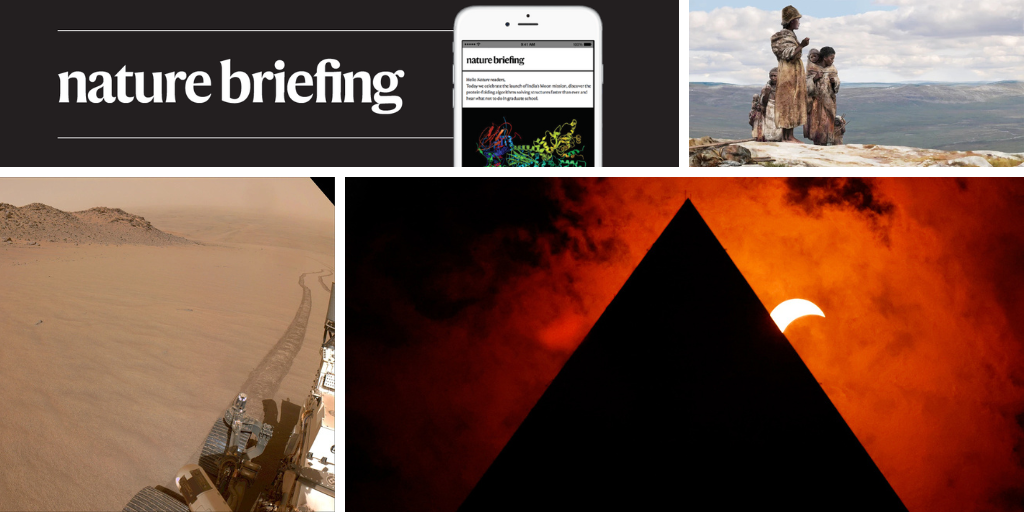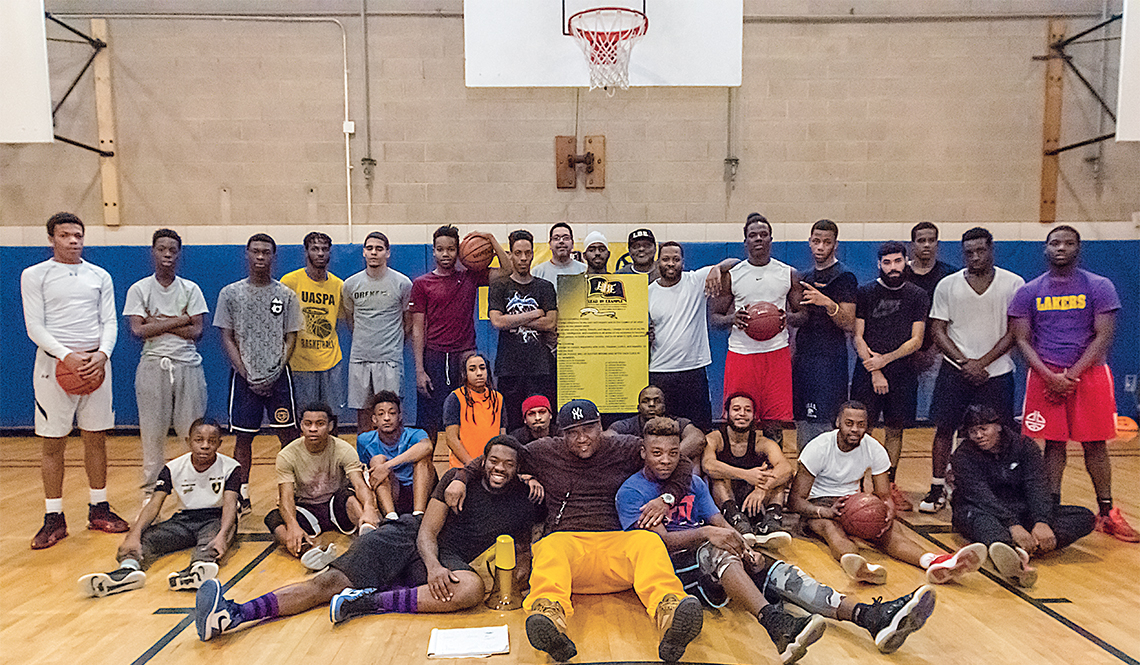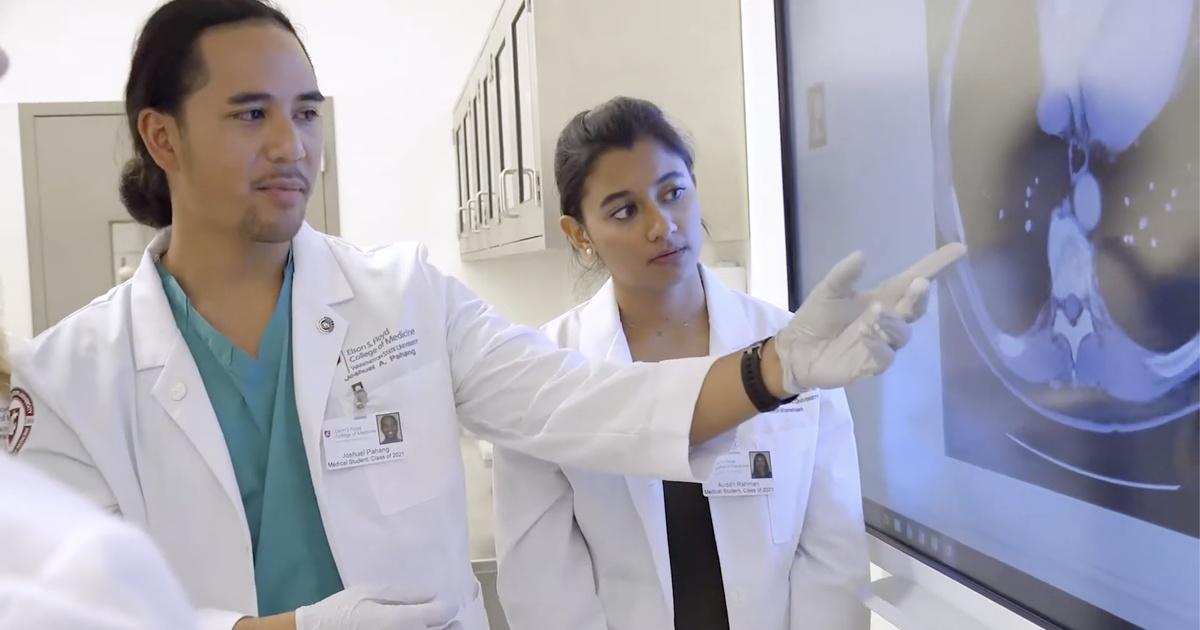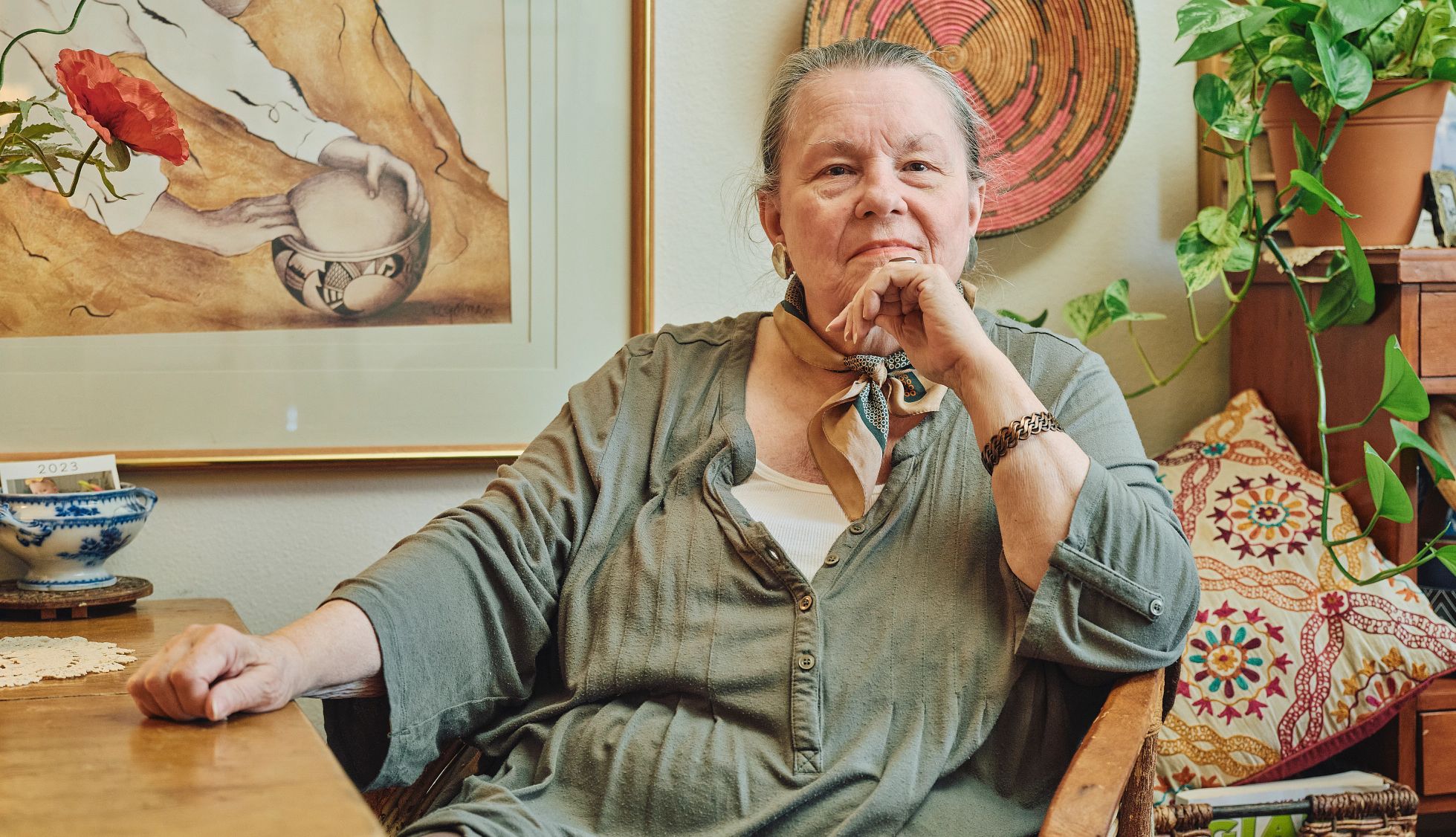
- Select a language for the TTS:
- UK English Female
- UK English Male
- US English Female
- US English Male
- Australian Female
- Australian Male
- Language selected: (auto detect) - EN
Play all audios:
Hello _Nature_ readers, would you like to get this Briefing in your inbox free every day? Sign up here. THE YEAR’S BEST SCIENCE IMAGES In April, a solar eclipse, pictured here behind the
Washington Monument in Washington DC, dazzled people across North America. For scientists, the event was a chance to observe the Sun’s corona — its wispy outer atmosphere — like never
before. See more of the year’s sharpest science shots, selected by _Nature_’s photo team, and hear from each of our media editors on a photo that said something special to them in 2024.
Nature | Leisurely scroll NEANDERTHAL CLUES IN OLDEST HUMAN GENOMES All people, other than those whose ancestry comes solely from sub-Saharan Africa, have some Neanderthal DNA. Now two
studies suggest that it entered our genomes virtually overnight, much more recently than was thought. One study finds that modern humans and Neanderthals interbred in a roughly 7,000-year
period starting around 50,500 years ago; the other finds that the mixing took place between 45,000 and 49,000 years ago. The results and other insights come in part from the oldest human
genomes ever sequenced: a male _Homo sapiens_ found near Ranis, Germany, and a female _Homo sapiens_ whose remains were discovered in a cave at a site called Zlatý kůň in the Czech Republic.
Nature | 6 min read Reference: _Science_ paper & _Nature_ paper MENTAL TOLL ON VULNERABLE GAZA CHILDREN Children who have been harmed by the Israel-Hamas war in Gaza are paying a
profound mental-health toll, finds a survey of 504 families with disabled, injured or unaccompanied children. Caregivers reported that their children suffer from severe fear, pessimism,
anger, emotional withdrawal and other psychological effects. Ninety-six percent of the caregivers said that their children feel that death is imminent. Almost half reported that their
children wish to die to escape their trauma. “This report lays bare that Gaza is one of the most horrifying places in the world to be a child,” says Helen Pattinson, the chief executive of
the charity of War Child UK. The Guardian | 4 min read Reference: Community Training Centre for Crisis Management report (supported by the charities Dutch Relief Alliance and War Child
Alliance) GOING WHERE NO ROVER HAS GONE BEFORE NASA’s Perseverance rover has completed an epic, months-long climb up and out of Jezero Crater on Mars. Now safely out of the crater, where it
landed in 2021, the rover faces a 4-billion-year-old landscape. Researchers hope that rocks outside of the crater hold signs of whether Mars might have sustained life when it was warmer and
wetter than today. Nature | 5 min read _NATURE_’S 10 THE PEOPLE WHO SHAPED SCIENCE IN 2024 A fraud buster, a nuclear-clock maker and a virus hunter are just a few of the remarkable people
chosen for this year’s _Nature_’s 10. The list, compiled by _Nature_’s editors, includes Kaitlin Kharas, a PhD student who helped to lead a campaign to get Canadian graduate students and
postdocs their biggest pay rise in 20 years; and Muhammad Yunus, an economist and Nobel peace laureate who is now the interim leader of Bangladesh. Nature | 10 profiles FEATURES &
OPINION FUTURES: SCIENCE FICTION FROM _NATURE_ An engineer headed to Mars convinces a rival to celebrate her own achievements in _Betsy Donnelly’s forty-third chance_ and strangers on a
train journey prefer to pretend in _Inhere, Outthere__._ Nature | 6 min read & Nature | 7 min read FIVE BEST SCIENCE BOOKS THIS WEEK Andrew Robinson’s pick of the top five science books
to read this week includes a look at how economic inequality shaped the thinking of philosophers from Plato to Karl Marx and an exploration of the connectedness of the living world. Nature |
3 min read PODCAST: MRNA TREATMENT FOR PRE-ECLAMPSIA An mRNA-based therapy might someday reverse the underlying causes of pre-eclampsia — a complication that kills hundreds of thousands of
mothers and babies every year. Investigation in mice into how mRNA-based COVID-19 vaccines propagate in pregnant people led researchers to the discovery that the lipid nanoparticles used to
deliver vaccines can be optimized to target the placenta. And, instead of vaccine, the system can deliver ‘vascular endothelial growth factor’ mRNA to promote healthy blood flow. “Pretty
much instantaneously, proteins from your blood are kind-of attracted to the nanoparticle,” bioengineer and co-author Michael Mitchell tells the _Nature Podcast_. “Which exact protein is
attracted to your nanoparticle dictates where the particles go.” Nature Podcast | 29 min listen Subscribe to the _Nature Podcast_ on Apple Podcasts, Spotify or YouTube Music, or use the RSS
feed. INFOGRAPHIC OF THE WEEK Aerosols — such as the smoke from wildfires — can interact with clouds and sunlight in ways that can warm or cool the atmosphere. The outcome is also influenced
by the type of surface underneath, from open ocean to broken-up ice floes to solid sea-ice cover. This has made it fiendishly difficult to investigate Arctic aerosols and their climate
impact. Now, researchers have built a model that takes into account satellite data to show that the aerosols from unprecedented wildfire seasons are amplifying warming in the Arctic. (Nature
Climate Change News & Views | 6 min read) Reference: _Nature Climate Change_ paper QUOTE OF THE DAY “EVEN IN HARD TIMES THERE IS LIGHT, AND PUBLIC HEALTH IS A MARVELLOUS INSTRUMENT TO
SHINE THAT LIGHT.” Mexican medical anthropologist Xóchitl Castañeda is working to improve public health for Latin American immigrants in the United States. (Nature | 12 min read)







